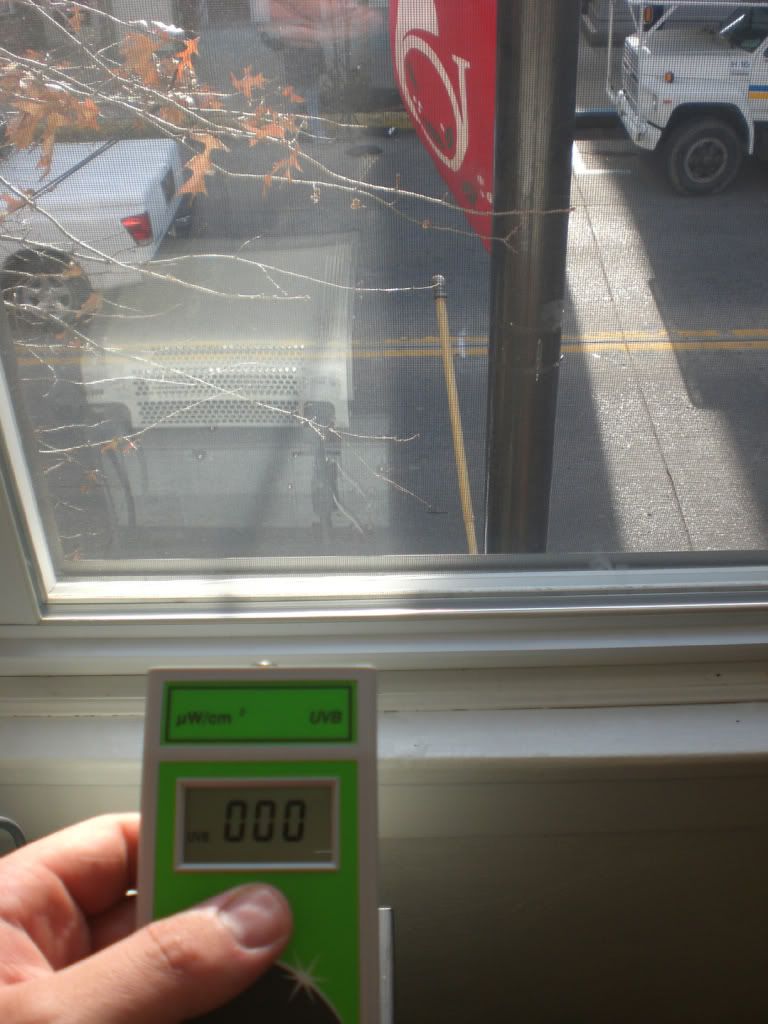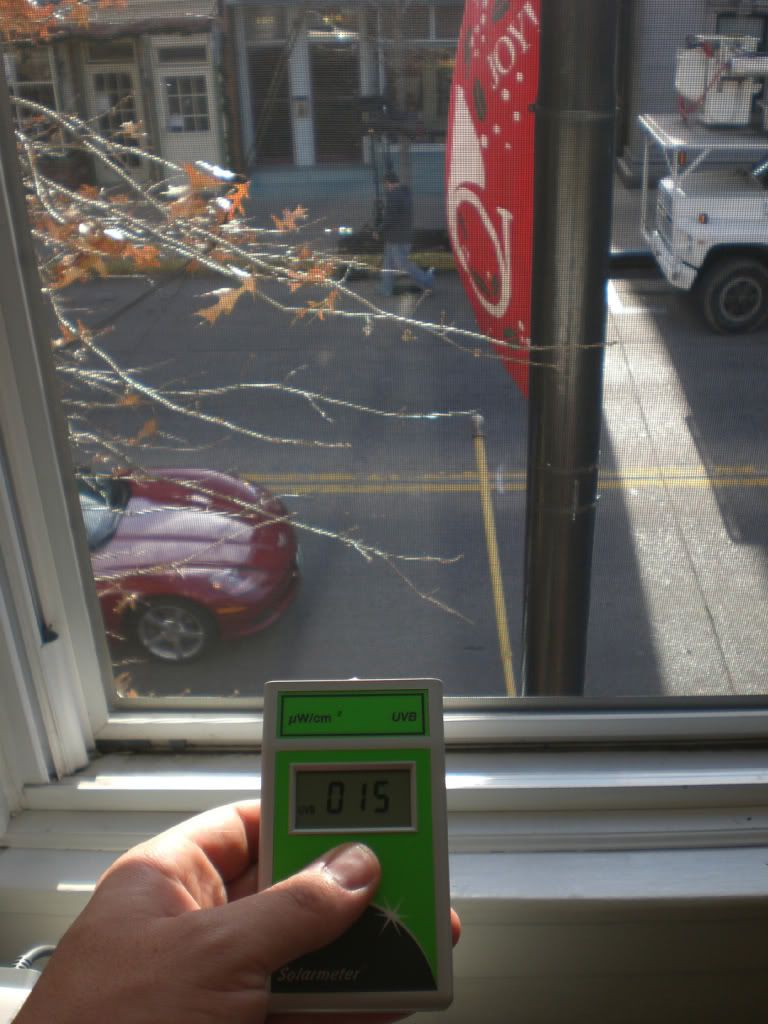- Messages
- 4,285
- Location
- Connecticut
Show us readings!!!!PuffDragon said:UV rays cannot pass through glass.
Show us readings!!!!PuffDragon said:UV rays cannot pass through glass.
DaveDragon said:Show us readings!!!!PuffDragon said:UV rays cannot pass through glass.
RehabRalphy said:DaveDragon said:Show us readings!!!!PuffDragon said:UV rays cannot pass through glass.
Exactly :-D


